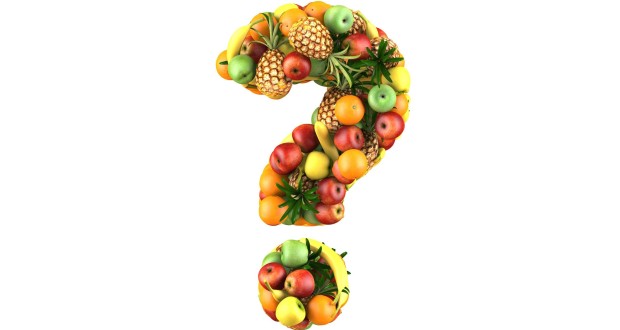Just Say No to Nuanced Nutrition Messages
There’s a temptation among those who give nutrition advice almost as powerful as a freshly baked cupcake – lists. Whether we call the categories eat this/not that, red/yellow/green, or the dirty dozen/clean fifteen, lists are predicated on the fact that figuring out exactly what foods to eat requires a highly specific knowledge (and memory!). While categories and lists lend themselves to visually appealing media placements, some within the nutrition community are beginning to ask what real people actually make of the advice.
A recently published Nutrition Today article, for example, looked at the way low-income shoppers in particular respond to nuanced nutrition advice. Researchers surveyed 510 low-income shoppers in the greater Chicago area to learn how messages about conventional and organic fruits and vegetables influence purchasing intention. The researchers clarify that, ideally, we want publicly communicated information about fruits and vegetables that motivates people to purchase more produce of all types. And we want to steer clear of language that discourages buying produce.
In the survey, messages that listed specific fruits and vegetables with higher pesticides made participants less likely to purchase any type of produce, whether organically or conventionally grown. Researchers conclude a possible net effect of nuanced produce recommendations combined with limited access and availability among lower-income populations is decreased fruit and vegetable purchases and intake.
What does this have to do with seafood? Similar studies looking at the effects of seafood lists also show that people do not differentiate between the “eat this” seafood choices and steer clear of the “not that” category. They just eat less seafood altogether.
The takeaway: Lists may be just right for an infographic, but all wrong for improving public health.



